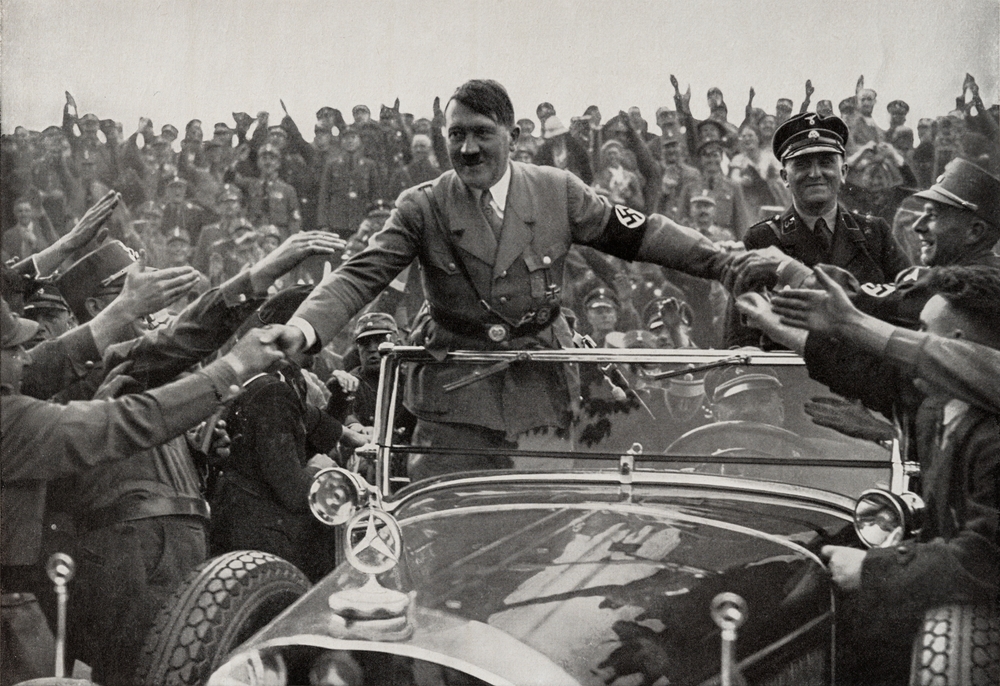When Adolf Hitler was appointed Chancellor of Germany on January 30, 1933, most assumed he would be restrained by conservative elites and the structure of the Weimar Republic. Instead, what followed was one of the most rapid power consolidations in modern political history. In just 53 days, Hitler went from a politician in a fragile coalition to a dictator ruling by decree. Through a combination of propaganda, emergency decrees, street violence, and strategic alliances, Hitler dismantled Germany’s democratic institutions piece by piece. This timeline reveals exactly how quickly a nation can slip into authoritarianism when fear is weaponized and systems of accountability are removed.
1. January 30, 1933 – Hitler Becomes Chancellor
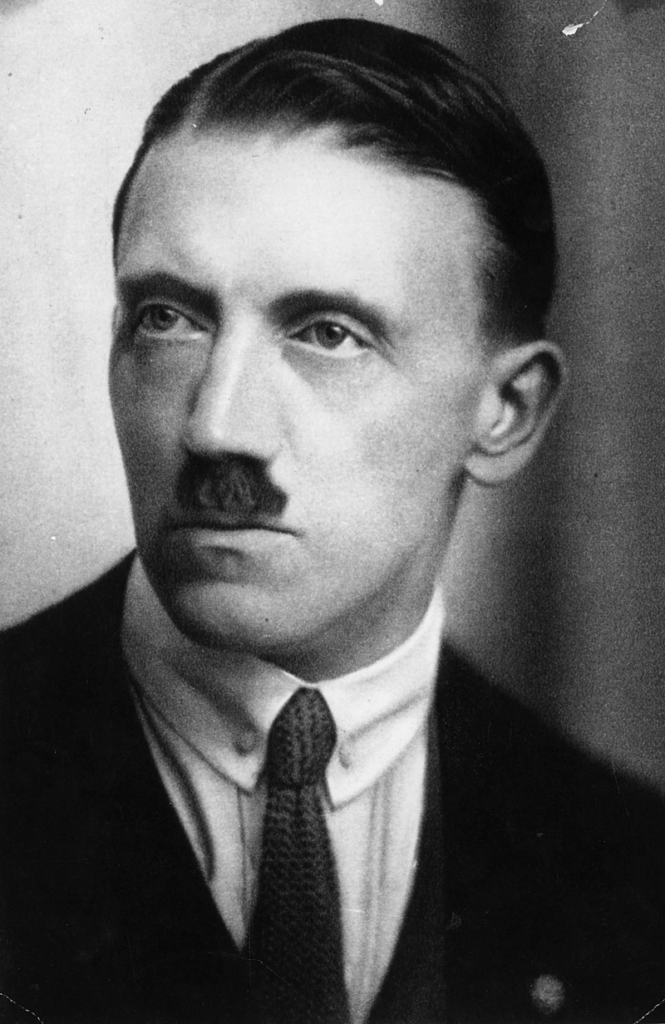
On this day, President Paul von Hindenburg appointed Adolf Hitler as Chancellor of Germany. Conservative politicians believed they could manipulate Hitler and use his popularity to stabilize the country. They underestimated him. The Nazi Party held the most seats in the Reichstag but didn’t have a majority. Still, Hitler was charismatic, media-savvy, and ruthless. His rise was seen by many Germans as a fresh start after years of economic depression and political chaos. Crowds filled the streets in celebration, but behind closed doors, plans were already forming to reshape the German state.
2. January 31, 1933 – Hitler Calls for New Elections

Just one day after becoming Chancellor, Hitler moved swiftly. He convinced President Hindenburg to dissolve the Reichstag and set new elections for March 5. This gave Hitler time to build support and pressure opponents. He framed the election as a national rebirth, appealing to patriotism and fear of communism. The Nazis began organizing rallies, distributing leaflets, and mobilizing local party chapters. Unlike other parties, the Nazis had a tightly organized propaganda machine and paramilitary force at the ready. Their strategy was clear: win enough seats to control parliament, or destroy it trying.
3. February 1–3, 1933 – Propaganda Blitz Begins
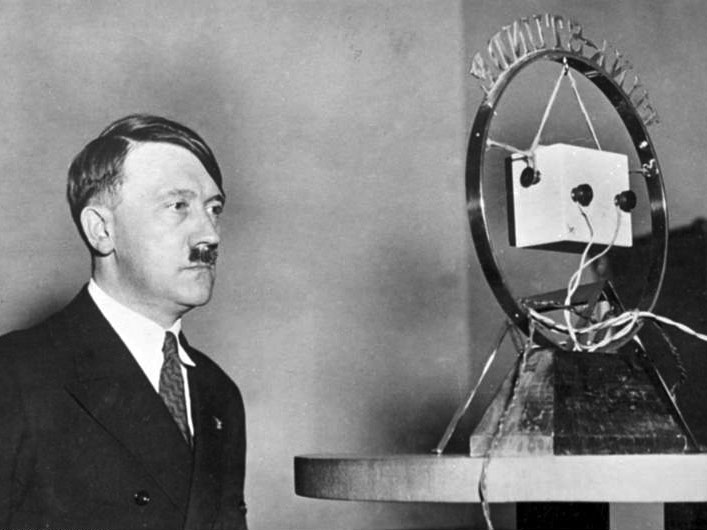
Hitler took to the airwaves on February 1, delivering a dramatic radio speech that promised unity, security, and revival. Joseph Goebbels, now in charge of propaganda, launched an aggressive media campaign to saturate Germany with Nazi messaging. Newspapers, posters, loudspeakers, and rallies all repeated the same themes: Germany had been humiliated by Versailles, betrayed by weak leaders, and only the Nazis could restore its greatness. The party’s symbol, the swastika, was suddenly everywhere. Their messaging was emotional, nationalistic, and relentless. The campaign painted Hitler not just as a politician, but as a savior.
4. February 4, 1933 – Decree Limits Press and Assembly
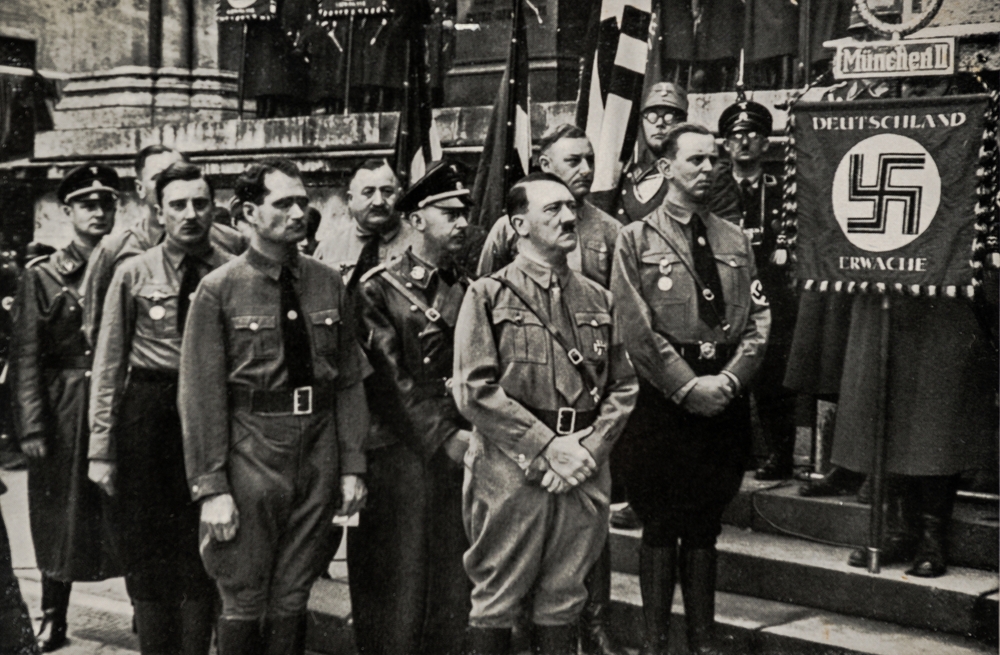
Hindenburg, under Hitler’s influence, signed a decree limiting the freedom of press, speech, and assembly. The Nazi Party now had legal backing to suppress opposition newspapers and disrupt rival gatherings. They immediately began targeting leftist publications and censoring any content critical of the regime. Social Democrats and Communists found it increasingly difficult to campaign. Hitler justified the move by claiming it was necessary to prevent unrest. In truth, it was a calculated step to silence dissent. This decree gave the Nazis a legal weapon that undermined democracy under the pretense of protecting it.
5. February 10–15, 1933 – SA Terror Tactics Escalate
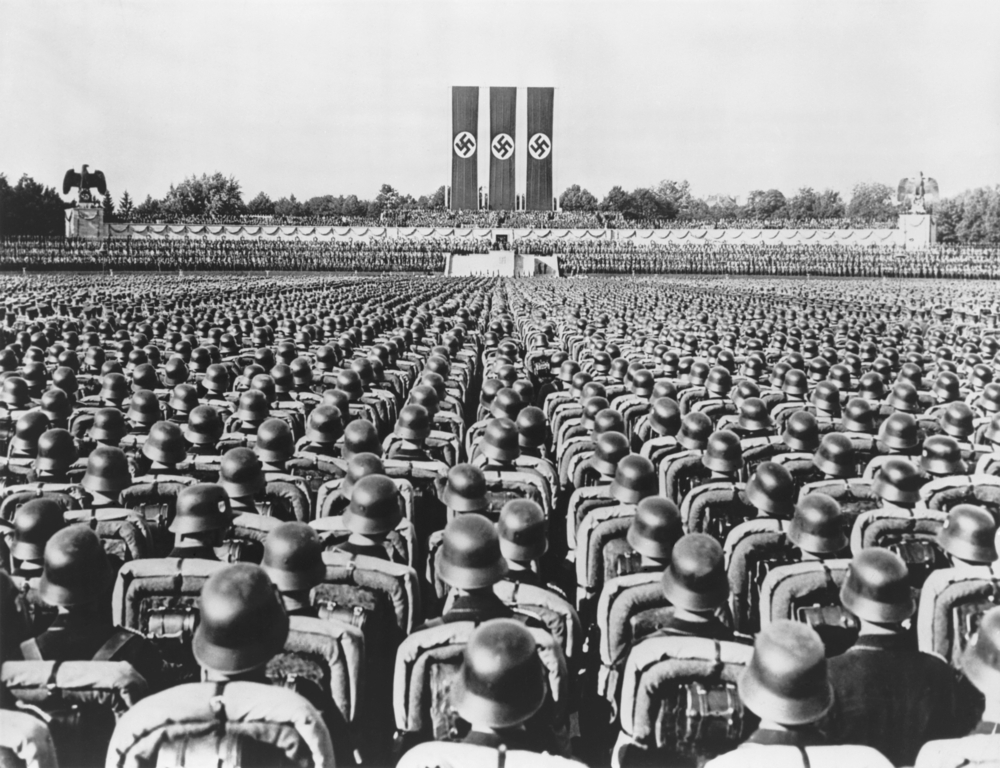
The Nazi paramilitary wing, the SA, unleashed a wave of violence on political enemies. Street brawls became common. SA squads attacked Socialist and Communist meetings, vandalized their offices, and threatened their supporters. Police often looked the other way. In Prussia, Germany’s largest state, Hermann Göring—Hitler’s right-hand man—was now Interior Minister and in control of the police. He shielded Nazi thugs from prosecution and encouraged harsher crackdowns on leftists. This allowed the SA to operate with near-total impunity. The goal wasn’t just political advantage, it was to create an atmosphere of fear that would paralyze opposition.
6. February 17, 1933 – Police Join the Nazi Cause
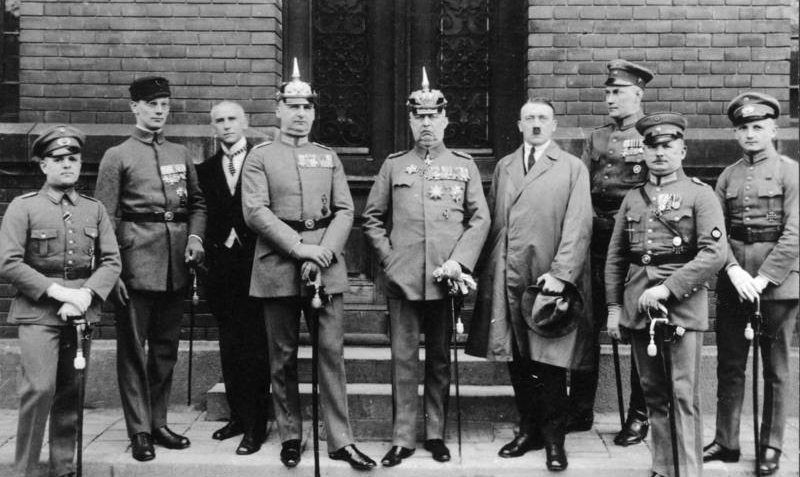
Göring gave police officers permission to use firearms on demonstrators, particularly leftists. He also authorized the recruitment of 50,000 SA and SS members as auxiliary police. This blurred the line between the state and Nazi forces. Overnight, political violence became state-sanctioned. Arrests of Communists skyrocketed, while Nazi crimes were ignored. Göring’s goal was clear, replace professional policing with loyal enforcers who answered to the party, not the constitution. This institutional shift was a key part of Hitler’s plan to seize total control from within the system.
7. February 20, 1933 – Industrialists Fund the Nazi Machine
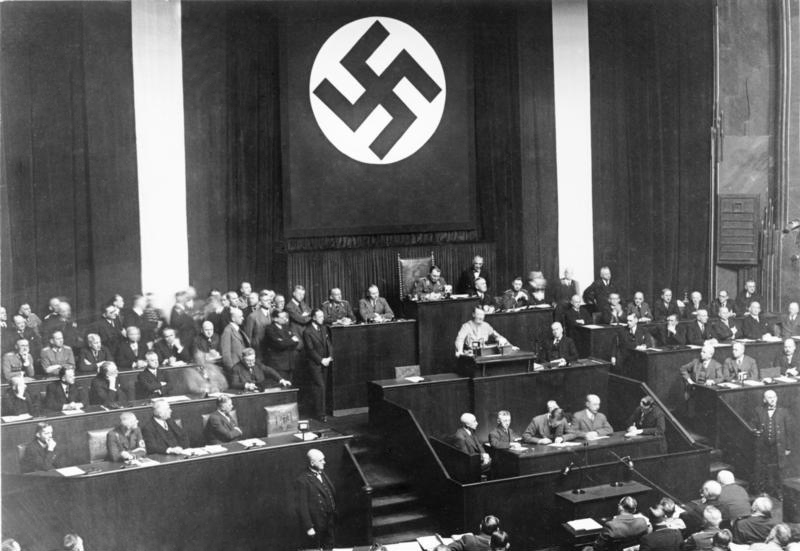
With an election just weeks away and violence rising, Hitler knew he needed serious money. On February 20, he hosted a private meeting with Germany’s most powerful industrialists, including leaders from Siemens, BASF, IG Farben, and Krupp. He presented himself not as a radical but as a reliable defender of capitalism and private property. Hitler promised that under Nazi leadership, Communists would be crushed, unions brought to heel, and the economy stabilized. The pitch worked. Businessmen pledged over three million Reichsmarks to fund the Nazi campaign. The infusion of cash supercharged their efforts, more posters, more rallies, more uniforms, and more organized street violence. This backroom deal not only solidified elite support for Hitler but also marked the complicity of big business in enabling fascist control. The corporations believed they were buying influence. In reality, they were fueling a dictatorship.
8. February 22–24, 1933 – SS and SA Deputized
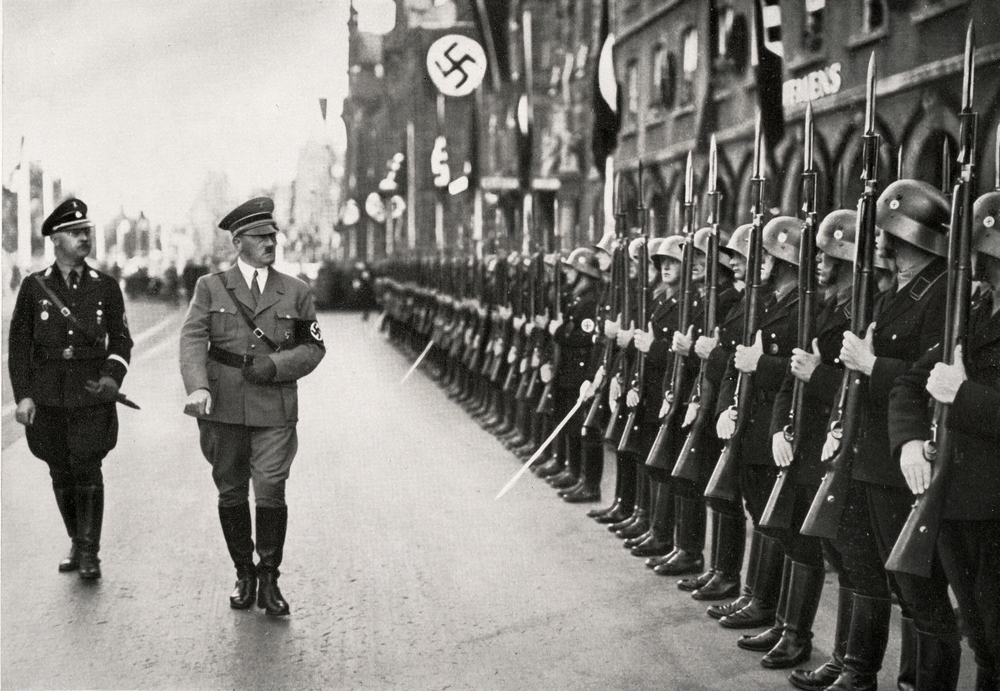
Just days after securing corporate funds, Hitler moved to legally integrate Nazi terror into state structures. Göring deputized over 50,000 members of the SA and SS as auxiliary police. These weren’t trained officers, they were violent party loyalists now empowered to act as agents of the state. With badges and guns, they patrolled streets, arrested political opponents, and raided opposition headquarters. In Berlin and across Germany, Communist and Socialist organizations were shut down. Jewish communities also became targets, as early signs of the regime’s antisemitic agenda emerged. With official authority behind them, SA and SS thugs could operate without fear of punishment. The blurred line between party and state disappeared almost overnight. This move sent a chilling message: dissent would be crushed not just by vigilantes, but by the government itself. It also ensured that any remaining opposition would be terrorized into silence before election day.
9. February 27, 1933 – The Reichstag Fire
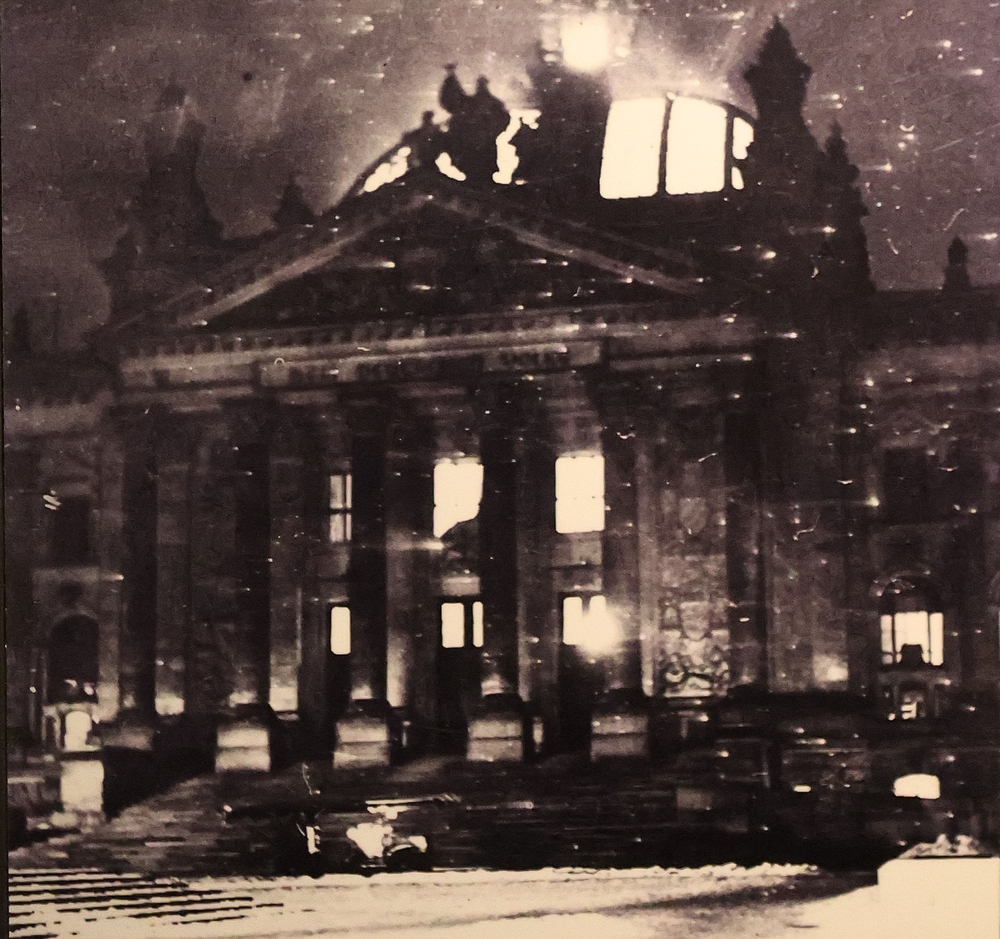
A dramatic turning point came just six days before the election. On the night of February 27, the Reichstag building, home of the German parliament, was set ablaze. Authorities quickly arrested Marinus van der Lubbe, a Dutch Communist found at the scene. The Nazis wasted no time blaming the Communist Party for the fire, declaring it part of a nationwide plot to overthrow the government. Although most historians now agree van der Lubbe acted alone, the event provided the perfect pretext for a full-scale crackdown. Hitler declared a state of emergency, insisting Germany was under immediate threat. Newspapers ran hysterical headlines. The Nazi propaganda machine painted the Communists as arsonists and traitors. The Reichstag Fire wasn’t just a crisis, it was a tool, weaponized by Hitler to justify extraordinary measures. The timing couldn’t have been more convenient. Hitler would use the fire’s aftermath to lock in emergency powers and escalate his authoritarian agenda.
Read More: 16 Moments in Internet History That Will Never Be Forgotten
10. February 28, 1933 – The Reichstag Fire Decree
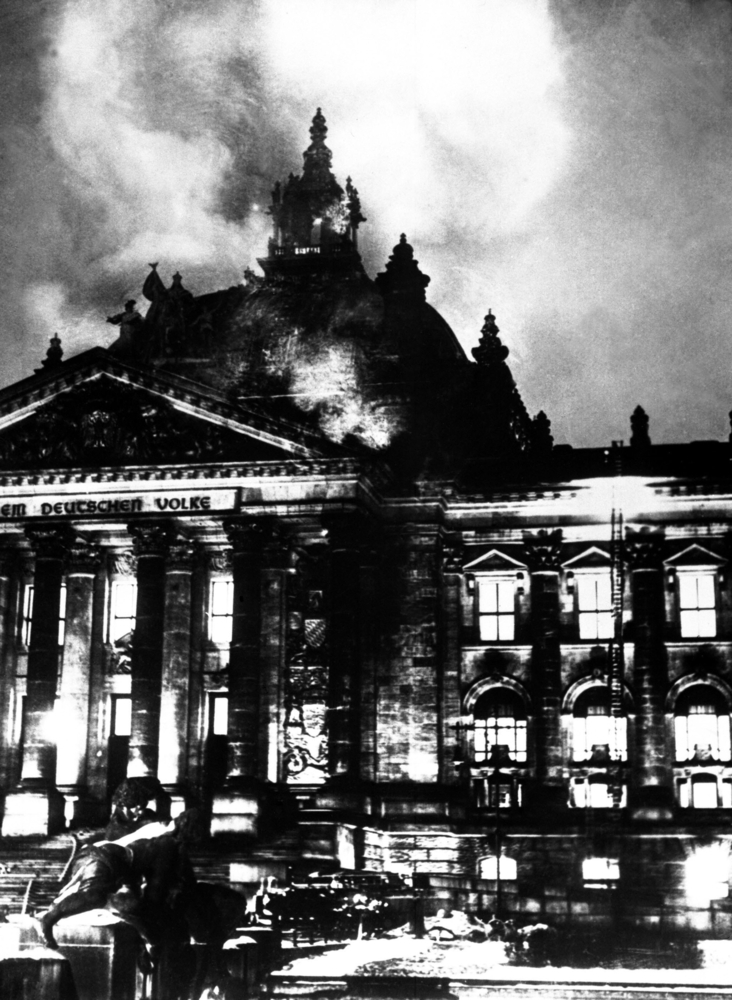
The day after the fire, Hitler persuaded President Hindenburg to sign the Reichstag Fire Decree. Officially titled “Decree for the Protection of the People and the State,” it suspended the Weimar Constitution’s civil liberties overnight. This single act transformed Germany into a police state. Freedom of speech, the press, and assembly were all stripped away. Mail could be intercepted. Homes could be searched without warrants. Most importantly, citizens could be detained indefinitely without charge. The decree gave legal cover to mass arrests, particularly of Communists, Social Democrats, and union leaders. Over 4,000 political opponents were jailed in the following days. Newspapers critical of the Nazis were banned or censored. Dissenting voices vanished. While Hitler claimed it was all temporary and necessary to preserve order, the decree was never revoked. It was the first major legal pillar of Nazi dictatorship, setting the tone for everything that followed.
11. March 1–4, 1933 – Mass Arrests and Raids
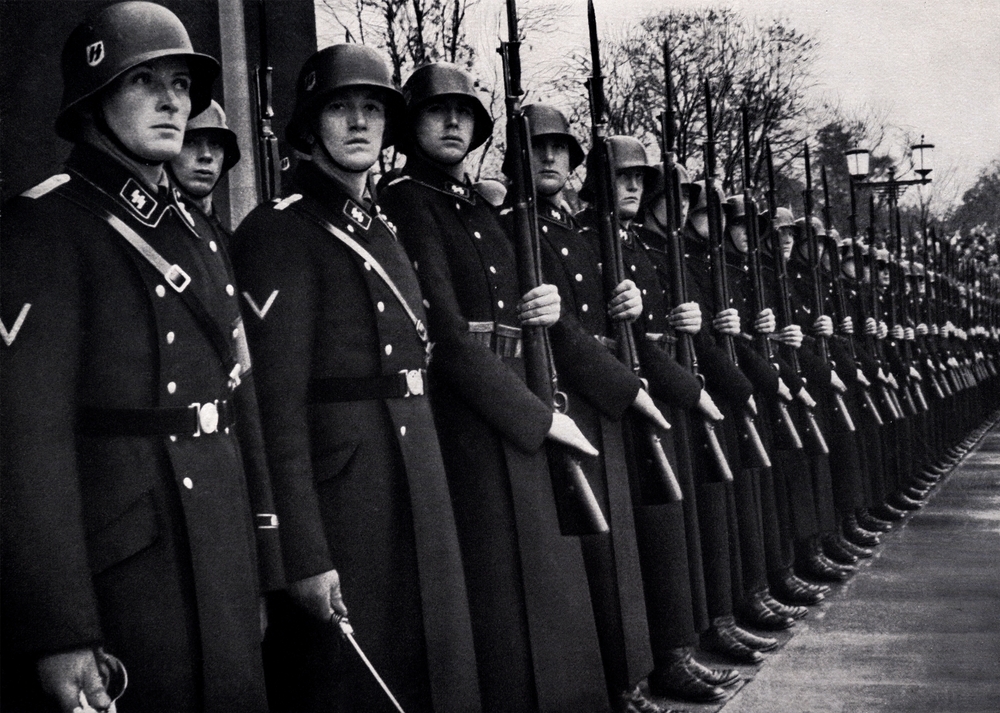
With the Reichstag Fire Decree in full effect, Hitler’s government moved swiftly to eliminate all remaining opposition. From March 1 to 4, mass arrests targeted thousands of Communists, Social Democrats, union leaders, and known critics of the Nazi Party. Entire party headquarters were shut down or stormed by the SA and SS, often with little or no resistance. Homes were searched without warrants. Left-wing newspapers were banned, and their printing presses seized. The atmosphere across Germany shifted from political rivalry to outright terror. People were arrested for attending meetings, handing out leaflets, or simply being associated with the wrong political group. Many were held in makeshift prisons or early concentration camps. The mass arrests weren’t just about security—they were designed to completely disable Hitler’s political enemies before the March 5 election. By this point, Germany was no longer functioning as a democracy. The legal system, the police, and the media had all been absorbed by the Nazi machine.
12. March 5, 1933 – National Election Falls Short

Despite the intense propaganda, censorship, and violence, the Nazi Party still failed to win an outright majority. In the March 5 election, the Nazis received 43.9% of the vote, better than before, but not enough for full control. With their nationalist allies, the DNVP, they secured a working majority in the Reichstag, but not the two-thirds needed to rewrite the constitution. Still, Hitler claimed the results as a victory and used them to justify more drastic measures. He framed the vote as a national endorsement of his leadership, even though the election had been held under coercive and violent conditions. By this point, the opposition had been decimated. Communist leaders were in jail, Socialist voices were silenced, and public dissent had all but vanished. The election gave Hitler a facade of legitimacy, which he would use as cover for his next move: full legislative control.
13. March 6–10, 1933 – Repression Tightens
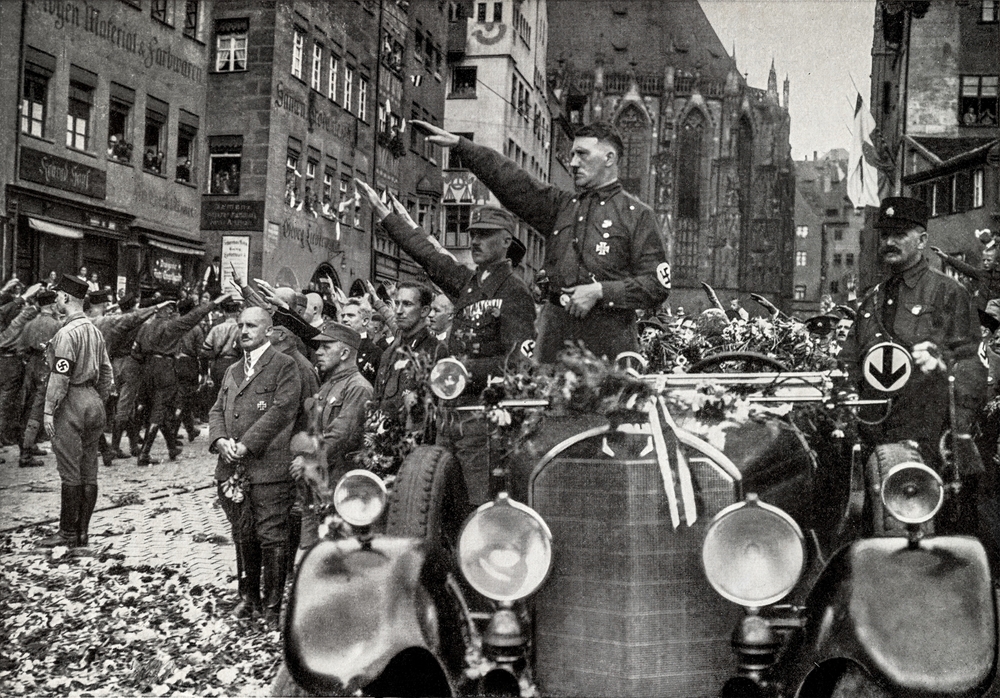
Following the election, the Nazi government acted as though they had won total power, even though their control was still not absolute. They continued arresting political opponents, especially those who had managed to win seats in the Reichstag. Regional governments were also targeted. In states where Nazis didn’t yet dominate, local leaders were pressured, dismissed, or forced to resign. The SA and SS launched more street actions against Jews, union members, and perceived leftists. Labor strikes were broken with violence. Hitler and Goebbels intensified the propaganda campaign, celebrating the March 5 results as a mandate from the people and warning that Germany’s enemies still needed to be rooted out. Every move in this period was designed to break the final pieces of opposition before a major legal shift. The Nazis were preparing to end the republic not by force alone, but by rewriting the rules entirely.
14. March 15, 1933 – First Cabinet Meeting with New Majority
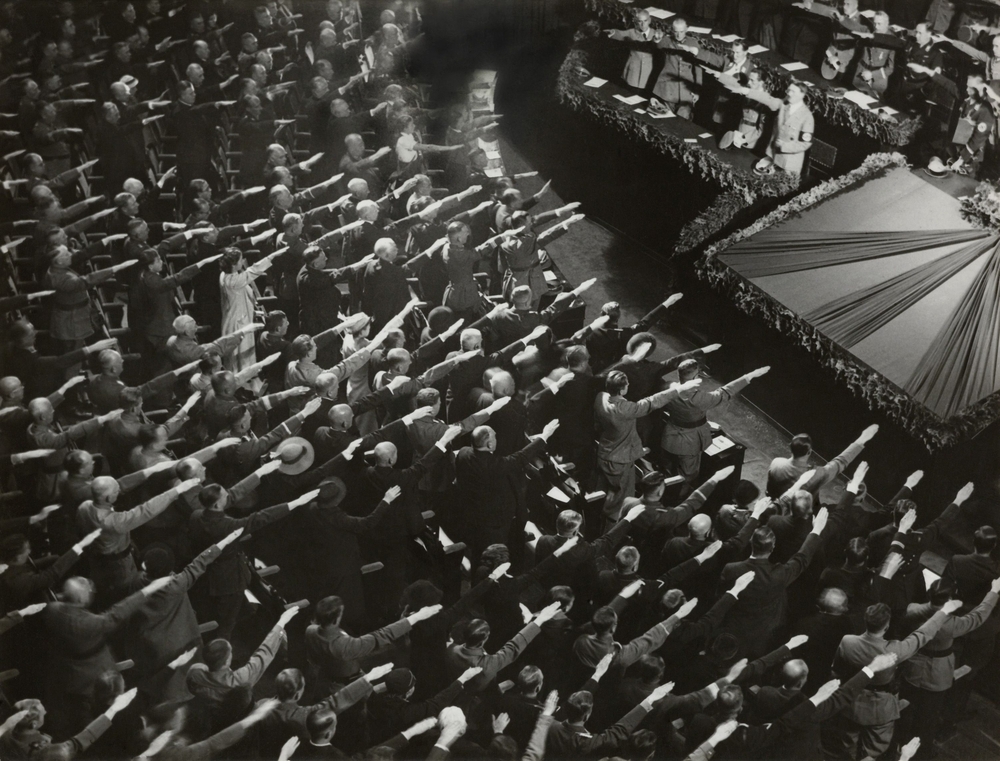
The first cabinet meeting following the March election took place on March 15, and it marked a new phase of consolidation. Hitler now had the support of the DNVP, a group of right-wing nationalists who were willing to back him in exchange for influence. With a parliamentary majority secured, Hitler began plotting the final step in his power grab: the Enabling Act. In this meeting, he laid the groundwork for a law that would allow his cabinet to pass legislation without Reichstag approval. Hitler’s ministers were either loyal Nazis or conservative nationalists who thought they could still control him. They were wrong. This cabinet wasn’t operating as a check on Hitler’s ambitions, it was his launching pad. With most opposition silenced or arrested, Hitler now focused on legalizing dictatorship, cloaking it in the appearance of constitutional reform.
15. March 21, 1933 – Day of Potsdam Ceremony

To win support from conservatives and monarchists, Hitler staged a symbolic event: the Day of Potsdam. On March 21, at the Garrison Church in Potsdam, Hitler appeared alongside President Hindenburg in a carefully orchestrated display of unity between old Prussian tradition and the new Nazi regime. Dressed in civilian clothes, Hitler bowed deeply to the aging Hindenburg, signaling supposed humility and respect for Germany’s past. The ceremony was full of patriotic symbols, military uniforms, and national anthems. It was political theater at its finest, and it worked. Many Germans, especially conservatives, saw the event as a reassuring blend of old values and new leadership. In reality, it was camouflage. Hitler used the ceremony to mask the true purpose of what was coming just days later—the total suspension of democracy through the Enabling Act.
16. March 23, 1933 – Enabling Act Passes
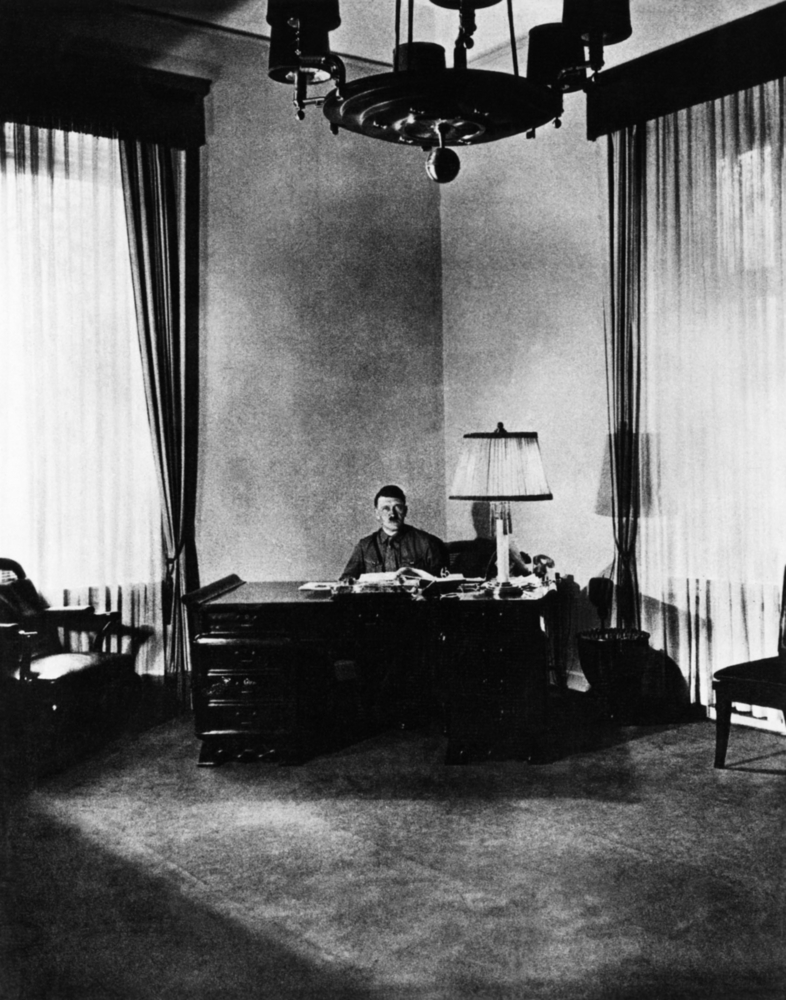
On March 23, Hitler introduced the Enabling Act to the Reichstag. Officially titled “The Law to Remedy the Distress of People and Reich,” it allowed Hitler and his cabinet to enact laws without Reichstag approval—even laws that violated the constitution. The vote took place at the Kroll Opera House, surrounded by SA and SS troops. Communist delegates had been arrested or barred from attending. Many Social Democrats were intimidated but still voted against it. The final tally: 444 in favor, 94 opposed. The law passed with the necessary two-thirds majority. This was the legal death of the Weimar Republic. Hitler now had full legislative authority. There would be no more democratic checks, no more need for votes. From this point forward, Hitler ruled by decree. The dictatorship was no longer forming—it was official.
17. March 24, 1933 – Democracy Ends
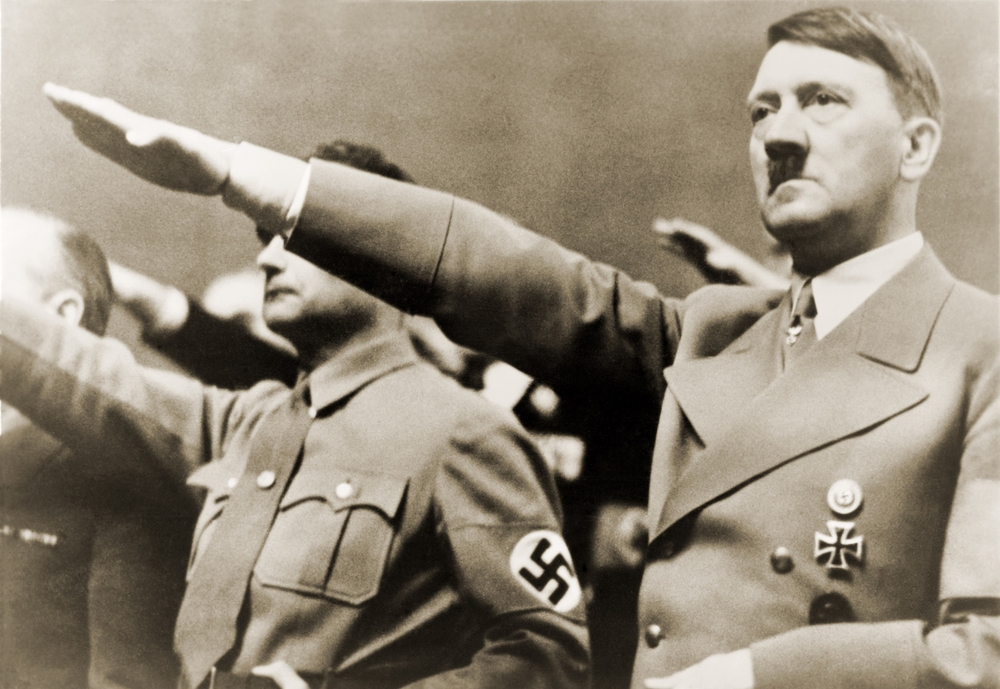
With the Enabling Act in place, Hitler wasted no time. He began dismantling the democratic framework of Germany entirely. Within days, political parties were banned, opposition newspapers shut down permanently, and independent unions dissolved. State governments were reorganized under Nazi control. The press became fully controlled by Goebbels’s Propaganda Ministry. Judges, civil servants, and police officers were either replaced or coerced into loyalty. Laws were rewritten to reflect Nazi ideology. Even though the changes were presented as legal, they were anything but democratic. Hitler used the very tools of the Weimar Constitution to destroy it. What had begun 53 days earlier as a fragile coalition appointment had turned into a one-party dictatorship. Hitler was no longer just Chancellor—he was Germany’s supreme ruler.
How Democracy Was Dismantled
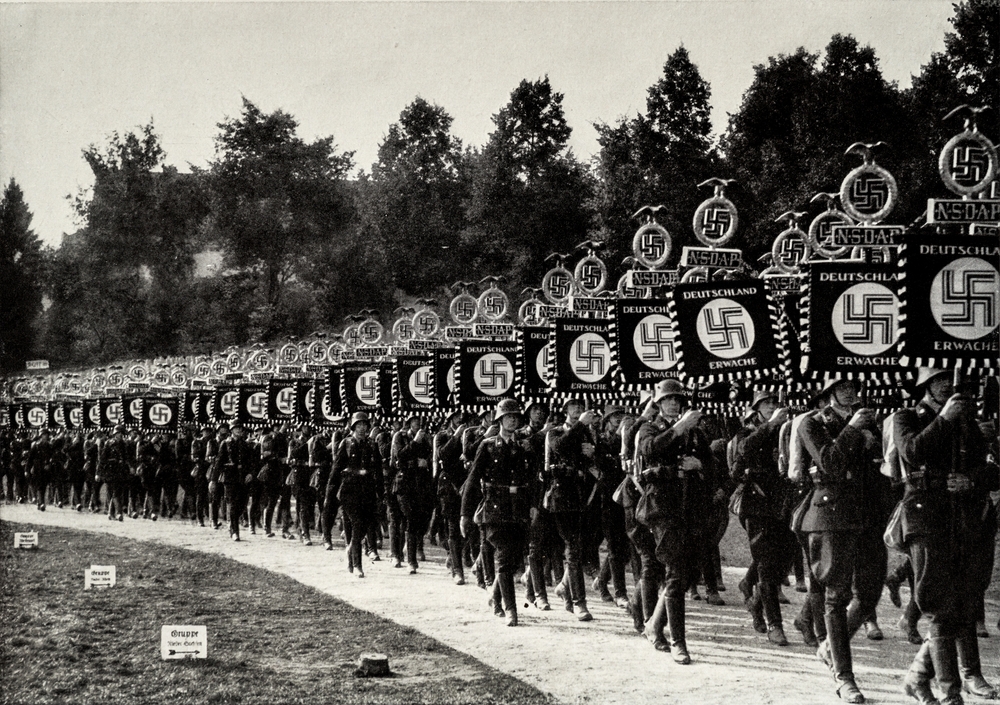
By March 24, 1933, the Weimar Republic was effectively dead. In just over seven weeks, Hitler exploited fear, manipulated the media, abused legal loopholes, and eliminated his political opponents with terrifying speed. What made this power grab so effective was its veneer of legality—Hitler didn’t storm the Reichstag with weapons, he used decrees, votes, and staged ceremonies. The system collapsed from within, assisted by elites who thought they could control him and a public too divided or intimidated to resist. The first 53 days of Hitler’s rule are not just a historical case study—they are a warning. They show how fragile democratic institutions can be when fear overrides rights and when ambition replaces checks and balances.
Read More: These 7 Iconic Figures Stepped Into History—Then Disappeared Without a Trace
